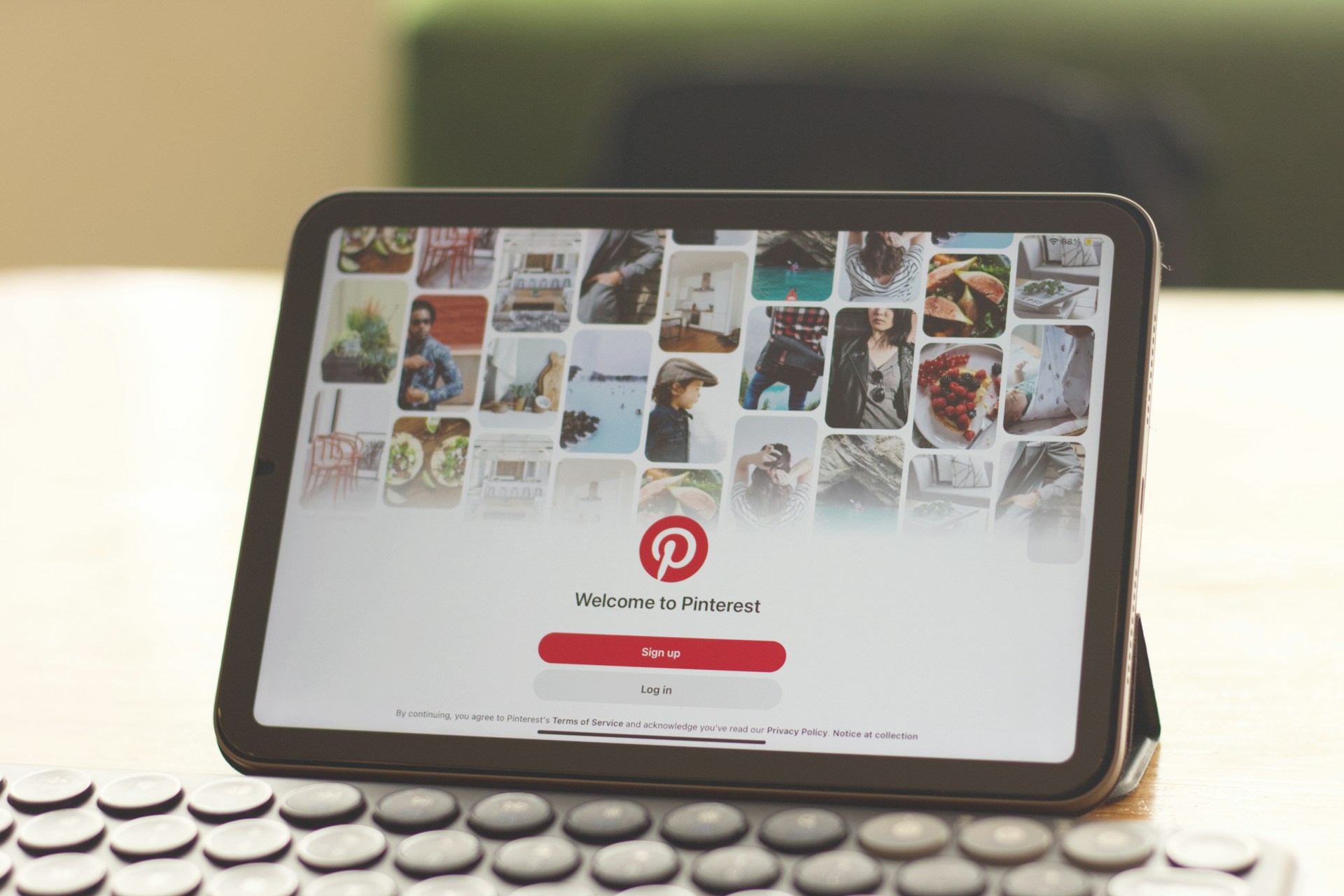
You’ve invested time, money, and expertise into driving high-quality traffic to your website. Your paid search marketing is humming, your social media management is engaging, and the clicks are flowing. But here is a universal truth in the digital world: the vast majority of those visitors—often 97% or more—will leave without making a purchase or filling out a lead form. These are not cold leads; they are warm, interested prospects who simply got distracted, compared prices, or weren’t quite ready to commit.
At The Social Rook, a leading digital marketing agency in the Charlotte metropolitan area, we recognize that allowing those prospects to disappear is allowing profit to walk out the door. The solution is Retargeting, a precision strategy designed to re-engage those valuable “near-miss” visitors, remind them of your value, and guide them back to conversion. This comprehensive guide is Retargeting 101: we will demystify this critical paid media agency strategy, revealing how it reclaims missed sales, boosts your ROI, and is essential for any modern business.
The Second Chance: Why Retargeting is Non-Negotiable for ROI
Retargeting (also known as Remarketing) is the process of serving targeted ads to users who have previously visited your website or interacted with your brand on another platform. It’s based on the psychological principle of familiarity and persistence: consumers often need multiple touchpoints with a brand before they feel comfortable making a purchase.
- High Intent: Retargeting audiences are already warm. They have shown clear intent by visiting your site, making them exponentially more likely to convert than cold audiences.
- Lower CPA: Because these audiences are highly qualified, retargeting campaigns typically boast lower Costs Per Acquisition (CPA) and higher Click-Through Rates (CTR) than prospecting campaigns, making them one of the most profitable forms of advertising.
- Brand Recall: Consistent, subtle reminders build essential brand trust, a key output of strong branding agency work.
1. Segmentation is the Strategy: Not All Visitors Are Equal
The key to successful retargeting is acknowledging that a visitor who read your latest SEO marketing blog post needs a different message than someone who abandoned a $500 cart. Effective retargeting relies on precise audience segmentation.
- Cart Abandoners (The Gold Standard): Users who added an item to their cart but left before checkout. Target them immediately (within 24 hours) with ads showcasing the exact items they left behind, often with a small incentive (e.g., “Free Shipping on Your Order”).
- Product/Service Viewers: Visitors who browsed specific product pages or service offerings. Target them with ads for that specific item or similar, complementary products. This demonstrates personalization.
- General Site Visitors: Those who landed on the homepage or read a few general pages. Target them with high-level creative marketing ads that focus on your brand’s core value proposition or most popular services.
- High-Value Content Consumers: Visitors who spent significant time on your “Pricing” page or “Request a Demo” page. These are highly qualified leads who need a final, direct push—target them with testimonials or a limited-time offer.
- Past Purchasers (The Retention Loop): Existing customers. Retarget them with ads for new products, loyalty programs, or complementary up-sells/cross-sells. This maximizes Customer Lifetime Value (CLTV).
Best Practice: Create as many specific audience segments as your volume allows. The more personalized the message, the higher the conversion rate.
2. The Technical Blueprint: Setting Up Your Tracking Foundation
Before you run a single retargeting ad, you must have the proper tracking infrastructure in place.
- The Meta Pixel and Google Tags: These are non-negotiable. The Meta Pixel allows you to build sophisticated custom audiences for Facebook ads (and Instagram) based on user actions on your site. Similarly, Google Ads and Google Analytics tags are essential for paid search marketing retargeting and RLSA (Remarketing Lists for Search Ads).
- Custom Events and Conversions: Go beyond tracking just purchases. Set up custom events for key micro-conversions like “Viewed Pricing,” “Added to Cart,” or “Scrolled 75% of Page.” These signals are crucial for creating those high-intent audience segments.
- Tag Management: Utilize Google Tag Manager (GTM) to manage all your website tags centrally. This ensures accurate implementation, especially for complex conversion events, minimizing reliance on constant web design development cycles.
- Best Practice: Verify that all your conversion events are firing correctly before launching your campaigns. Incorrect tracking leads to wasted budget and flawed data.
3. Platform Execution: Leveraging the Titans of Retargeting
Your retargeting strategy should be omnichannel, leveraging the unique strengths of the two major ad platforms.
- Google Ads Retargeting:
- Google Display Network (GDN): Show visual banner ads to your website visitors across millions of websites and apps. Use dynamic retargeting to display the exact products they viewed.
- RLSA (Search Ads): Target your website visitors with customized ad copy and higher bids when they are searching on Google again. This catches them at a moment of high, renewed intent.
- Meta Ads Retargeting:
- Leverage the highly visual nature of Facebook ads and Instagram to display creative marketing that reinforces your brand personality. Use carousel ads to showcase multiple products left in a cart or video ads to tell a short brand story to general visitors.
- LinkedIn Retargeting (for B2B): If your business is B2B, target website visitors with professional, authoritative content (case studies, whitepapers) on LinkedIn, reinforcing your position as an industry expert.
Best Practice: Use sequential retargeting. On day 1, hit cart abandoners with a gentle reminder ad. On day 3, follow up with an ad offering a 10% discount. On day 7, show them a testimonial ad to build final trust.
4. Crafting the Conversion Message: The Art of the Gentle Nudge
The message in your retargeting ad needs to be persuasive without being stalker-ish. It must acknowledge the user’s prior interest while offering a compelling reason to return. This is where the narrative built by a branding agency truly pays off.
- Acknowledge the Action: Use copy that acknowledges their prior visit: “Still Thinking About That [Product]?” or “Don’t Forget Your Free [E-book]!”
- Address the Objection: Anticipate the common reason for abandonment (e.g., shipping costs, price). Address it directly: “Free Shipping on All Orders, Today Only.”
- Provide a Unique Incentive: Test small, compelling offers—a 10% discount, a free gift, or express shipping. Ensure this incentive is exclusive to the retargeting audience.
- Inject Social Proof: Use high-ranking testimonials or star ratings in your ads. Nothing builds trust like seeing others vouch for your product.
- Local SEO Reinforcement (Charlotte, NC): For local services, reinforce local trust: “Need the Best Web Design in Charlotte? Our Clients Agree.” This localized trust signal strengthens credibility.
Best Practice: Constantly refresh your ad creative. Showing the same five ads for two months leads to ad fatigue and tuning out. Introduce new design services creative every 3-4 weeks to keep your message fresh and impactful.
5. Budget Protection: Frequency Capping and Exclusion Lists
An uncontrolled retargeting campaign can quickly become annoying and wasteful. Controlling frequency and excluding existing customers protects your brand and your budget.
- Frequency Capping: Limit the number of times a user sees your retargeting ad per day (e.g., 5-7 times per day). Excessive frequency leads to ad fatigue and can negatively impact your brand perception.
- Exclusion Lists: Always create an exclusion list for users who have already converted (made a purchase, filled out the form). Continuing to spend money advertising a service to a client who just bought it is the definition of wasted budget.
- Retargeting Window: Test the length of your retargeting window (the duration after their visit you continue to show ads). High-value, quick-decision items might need a 7-day window, while high-price B2B services might benefit from a 90-day window.
Best Practice: Review your frequency reports weekly. If your frequency is high and your CTR is dropping, reduce your cap or introduce new creative marketing assets immediately.
The Social Rook’s Retargeting Blueprint: Reclaiming Profit in Charlotte
Retargeting is the most efficient budget you will ever spend because you are investing in an audience that has already pre-qualified themselves as interested. For ambitious business owners in the Charlotte metropolitan area, mastering this strategy is the key to maximizing the efficiency of all your digital marketing agency efforts.
At The Social Rook, we transform near-misses into definitive conversions. We don’t just tag and blast; we craft a sophisticated, multi-layered retargeting blueprint that maximizes your Google ads and Facebook ads ROI. From setting up precise conversion tracking to developing high-converting design services and messages, we ensure your brand stays present, persuasive, and positioned to close the sale.
Ready to stop losing those valuable prospects and start dominating your market? Partner with The Social Rook, your trusted branding agency and paid media agency experts in Charlotte, NC. We’ll help you reclaim your missed sales and turn every interested visitor into a loyal, lifelong customer.


